Increased Focus on Preventive Care
The growing emphasis on preventive care is reshaping the Migraine Market. Healthcare providers are increasingly recognizing the importance of preventing migraine attacks rather than solely treating them. This shift is leading to a rise in the use of preventive medications and lifestyle interventions aimed at reducing the frequency and severity of migraines. The Migraine Market is adapting to this trend by offering a range of preventive therapies, including oral medications, botulinum toxin injections, and lifestyle modification programs. As patients and healthcare professionals prioritize prevention, the demand for these services is expected to grow, driving market expansion and encouraging further innovation in preventive strategies.
Advancements in Treatment Modalities
Innovations in treatment modalities are significantly influencing the Migraine Market. The introduction of novel pharmacological agents, including CGRP inhibitors and neuromodulation devices, has transformed the therapeutic landscape for migraine sufferers. These advancements not only provide new options for patients but also enhance the efficacy of existing treatments. The Migraine Market is experiencing a shift towards more targeted therapies, which are designed to address the underlying mechanisms of migraines rather than merely alleviating symptoms. As research continues to unveil new treatment pathways, the market is likely to see an influx of innovative products that cater to diverse patient needs, thereby fostering growth and improving patient outcomes.
Integration of Digital Health Solutions
The integration of digital health solutions is emerging as a transformative force in the Migraine Market. Telemedicine platforms and mobile health applications are facilitating better patient engagement and management of migraine disorders. These technologies enable patients to track their symptoms, medication usage, and triggers, providing valuable data for healthcare providers. The Migraine Market is likely to benefit from this trend, as digital health solutions enhance access to care and improve treatment adherence. Furthermore, the use of artificial intelligence in analyzing patient data may lead to more personalized treatment approaches, ultimately driving market growth and improving patient outcomes.
Rising Prevalence of Migraine Disorders
The increasing prevalence of migraine disorders is a primary driver in the Migraine Market. Recent estimates indicate that approximately 12% of the population suffers from migraines, with a higher incidence among women. This growing patient population necessitates the development of effective treatment options, thereby propelling market growth. The Migraine Market is witnessing a surge in demand for both acute and preventive therapies, as patients seek relief from debilitating symptoms. Furthermore, the rising awareness of migraine as a significant health issue has led to increased healthcare consultations, further driving the market. As more individuals are diagnosed and treated, the Migraine Market is expected to expand, with a focus on innovative therapies and personalized treatment plans.
Growing Awareness and Education Initiatives
Increasing awareness and education initiatives regarding migraine disorders are playing a crucial role in the Migraine Market. Campaigns aimed at educating the public about the symptoms, triggers, and treatment options for migraines are helping to destigmatize the condition and encourage individuals to seek medical help. This heightened awareness is likely to result in more diagnoses and, consequently, a greater demand for treatment options. The Migraine Market is responding to this trend by investing in educational programs and resources that empower patients and healthcare providers alike. As awareness continues to grow, the market is expected to expand, driven by an informed patient population seeking effective management strategies.
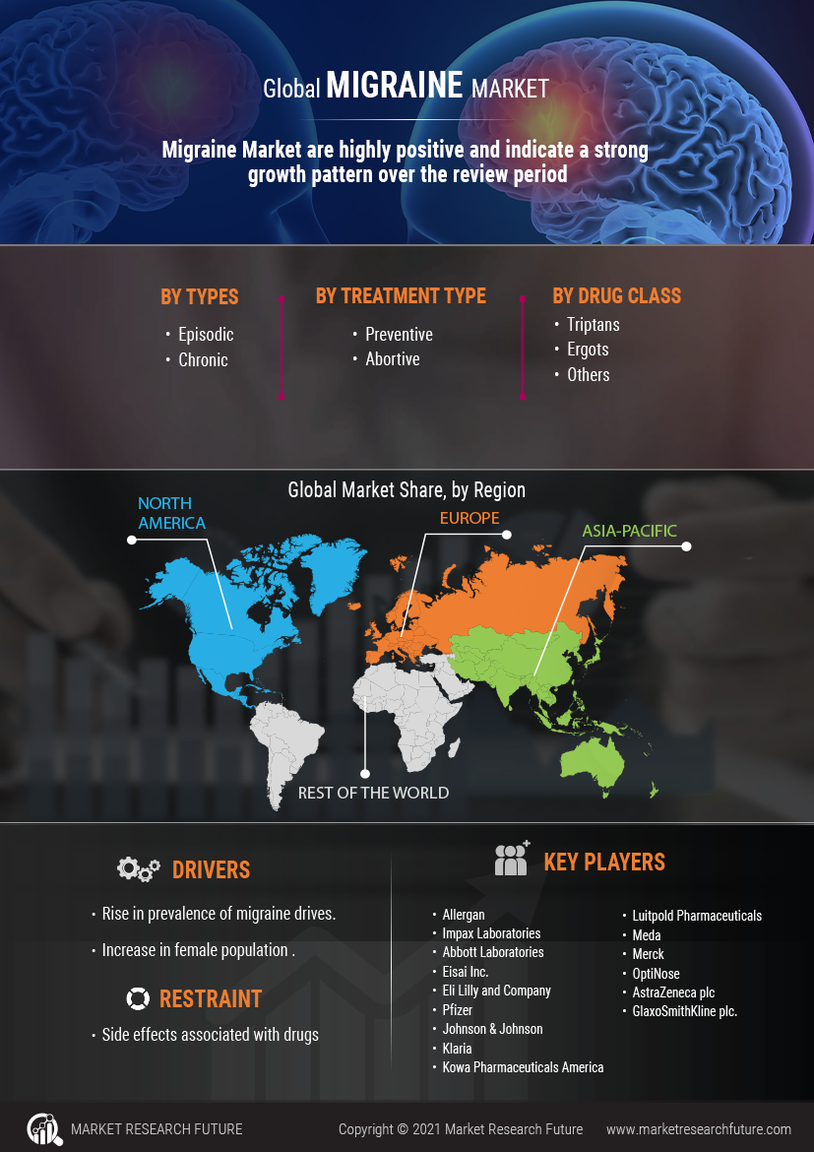

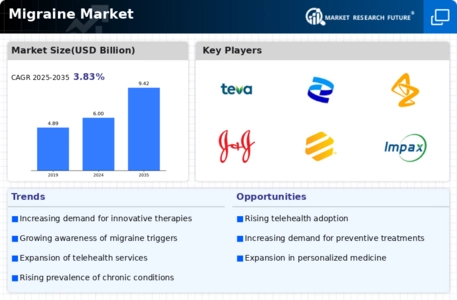
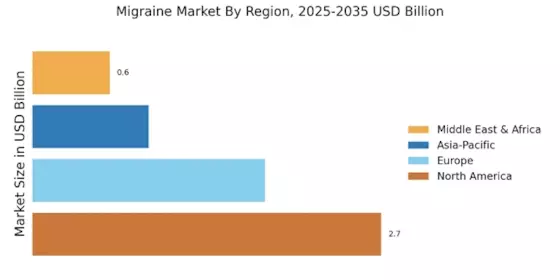



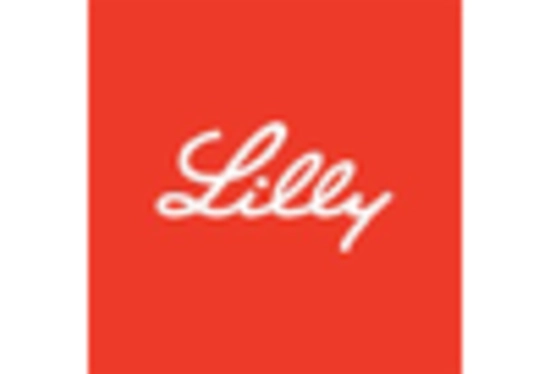

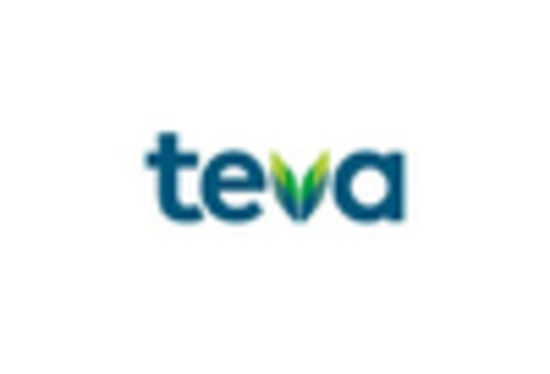








Leave a Comment